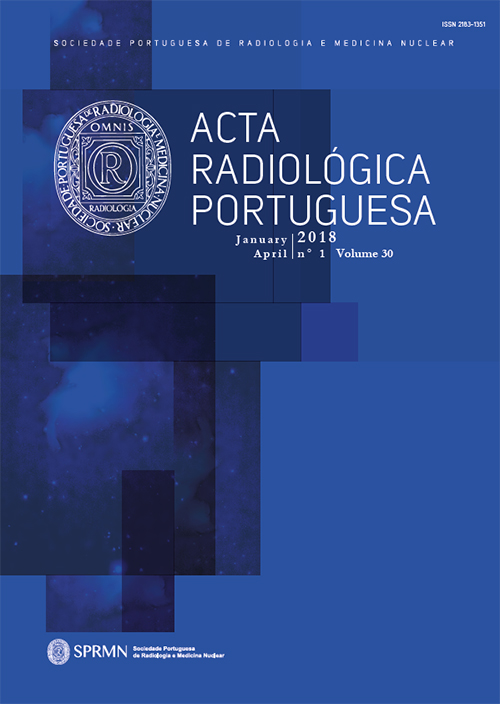The Breast Radiology in Senology
DOI:
https://doi.org/10.25748/arp.14282Abstract
In the last decade, technological advances and scientific knowledge about breast cancer have had a huge impact on all the subspecialties that make up the breast centers. In particular, Radiology has established itself as a central element in the multidisciplinary approach to breast pathology, intervening in all stages of breast cancer, including screening, diagnosis, staging and post-treatment follow-up.
This performance of Mammary Radiology was well reflected in the recent SPRMN conferences, dedicated to breast centers.
Using criteria for breast cancer mammographic screening based only on sex and age, as it has been so far the case, seems scarce in the light of current knowledge. It is important to identify high-risk groups that require different screening as well as factors that may increase cancer risk and decrease screening sensitivity, such as breast density. If for the high-risk groups of breast carcinoma, which include women with a heavy family history, a proven genetic mutation, or a history of treatment in the childhood with radiotherapy due to Hodgkin's lymphoma, there is consensus about the type of screening that should be done – annual breast MRI around the age of 25 - the same does not occur in the groups with high breast density (BI-RADS ACR-c and d), who represent about 40% of women at a traceable age. There is no established consensus as to the most appropriate complementary method to be used in the referred breast density patterns, namely ultrasound, MRI or tomosynthesis. Of these alternatives, since ultrasound is a labor-intensive and time-consuming examination and MRI is difficult to perform in such a large number of women, the advantage lies in tomosynthesis, which represents a recent advance in digital mammography, allowing the breast to be "sliced" in planes which are 1 mm thick.
Published
Issue
Section
License
CC BY-NC 4.0


